2022 年广西考研英语一试题真题及答案
Section I Use of English
The idea that plants have some degree of consciousness first took root in the early 2000s;
the term “plant neurobiology” was ____1____ around the notion that some aspects of plant behavior
could be ____2____ to intelligence in animals. ____3____ plants lack brains, the firing of
electrical signals in their stems and leaves nonetheless triggered responses that ____4____
consciousness, researchers previously reported.
But such an idea is untrue, according to a new opinion article. Plant biology is complex and
fascinating, but it ____5____ so greatly from that of animals that so-called ____6____ of plants’
intelligence is inconclusive, the authors wrote.
Beginning in 2006, some scientists have ____7____ that plants possess neuron-like cells that
interact with hormones and neurotransmitters, ____8____ “a plant nervous system, ____9____ to
that in animals,” said lead study author Lincoln Taiz, “They ____10____ claimed that plants
have ‘brain-like command centers’ at their root tips.”
This ____11____ makes sense if you simplify the workings of a complex brain, ____12____ it
to an array of electrical pulses; cells in plants also communicate through electrical signals.
____13____, the signaling in a plant is only ____14____ similar to the firing in a complex animal
brain, which is more than “a mass of cells that communicate by electricity,” Taiz said.
“For consciousness to evolve, a brain with a threshold ____15____ of complexity and capacity
is required,” he ____16____.” Since plants don’t have nervous systems, the ____17____ that
they have consciousness are effectively zero.”
And what’s so great about consciousness, anyway? Plants can’t run away from ____18____,
so investing energy in a body system which ____19____ a threat and can feel pain would be a very
____20____ evolutionary strategy, according to the article.
1. [A] coined [B] discovered [C] collected [D] issued
2. [A] attributed [B] directed [C] compared [D] confined
3. [A] Unless [B] When [C] Once [D] Though
4. [A] coped with [B] consisted of [C] hinted at [D] extended to
5. [A] suffers [B] benefits [C] develops [D] differs
6. [A] acceptance [B] evidence [C] cultivation [D] creation
�
7. [A] doubted [B] denied [C] argued [D] requested
8. [A] adapting [B] forming [C] repairing [D] testing
9. [A] analogous [B] essential [C] suitable [D] sensitive
10. [A] just [B] ever [C] still [D] even
11. [A] restriction [B] experiment [C] perspective [D] demand
12. [A] attaching [B] reducing [C] returning [D] exposing
13. [A] However [B] Moreover [C] Therefore [D] Otherwise
14. [A] temporarily [B] literally [C] superficially [D] imaginarily
15. [A] list [B] level [C] label [D] load
16. [A] recalled [B] agreed [C] questioned [D] added
17. [A] chances [B] risks [C] excuses [D] assumptions
18. [A] danger [B] failure [C] warning [D] control
19. [A] represents [B] includes [C] reveals [D] recognizes
20. [A] humble [B] poor [C] practical [D] easy
答案解析:
1. [A] coined
2. [C] compared
3. [D] Though
4. [C] hinted at
5. [D] differs
6. [B] evidence
7. [C] argued
�
8. [B] forming
9. [A] analogous
10. [D] even
11. [C] perspective
12. [B] reducing
13. [A] However
14. [C] superficially
15. [B] level
16. [D] added
17. [A] chances
18. [A] danger
19. [D] recognizes
20. [B] poor
Section II Reading Comprehension
Part A
Directions:
Read the following four texts. Answer the questions after each text by choosing A, B, C or
D. Mark your answers on the ANSWER SHEET. (40 points)
Text 1
People often complain that plastics are too durable. Water bottles, shopping bags, and other
trash litter the planet, from Mount Everest to the Mariana Trench, because plastics are everywhere
and don’t break down easily. But some plastic materials change over time. They crack and frizzle.
They “weep” out additives. They melt into sludge. All of which creates huge headaches for
institutions, such as museums, trying to preserve culturally important objects. The variety of
plastic objects at risk is dizzying: early radios, avant-garde sculptures, celluloid animation
stills from Disney films, the first artificial heart.
�
Certain artifacts are especially vulnerable because some pioneers in plastic art didn’t always
know how to mix ingredients properly, says Thea van Oosten, a polymer chemist who, until retiring
a few years ago, worked for decades at the Cultural Heritage Agency of the Netherlands. “It’s
like baking a cake: If you don’t have exact amounts, it goes wrong,” she says. “The object
you make is already a time bomb.”
And sometimes, it’s not the artist’s fault. In the 1960s, the Italian artist Piero Gilardi
began to create hundreds of bright, colorful foam pieces. Those pieces included small beds of
roses and other items as well as a few dozen “nature carpets”—large rectangles decorated with
foam pumpkins, cabbages, and watermelons. He wanted viewers to walk around on the carpets—which
meant they had to be durable.
Unfortunately, the polyurethane foam he used is inherently unstable. It ’ s especially
vulnerable to light damage, and by the mid-1990s, Gilardi’s pumpkins, roses, and other figures
were splitting and crumbling. Museums locked some of them away in the dark.
So van Oosten and her colleagues worked to preserve Gilardi’s sculptures. They infused some
with stabilizing and consolidating chemicals. Van Oosten calls those chemicals “sunscreens”
because their goal was to prevent further light damage and rebuild worn polymer fibers. She is
proud that several sculptures have even gone on display again, albeit sometimes beneath protective
cases.
Despite success stories like van Oosten’s, preservation of plastics will likely get harder.
Old objects continue to deteriorate. Worse, biodegradable plastics, designed to disintegrate,
are increasingly common.
And more is at stake here than individual objects. Joana Lia Ferreira, an assistant professor
of conservation and restoration at the NOVA School of Science and Technology, notes that
archaeologists first defined the great material ages of human history—Stone Age, Iron Age, and
so on—after examining artifacts in museums. We now live in an age of plastic, she says, “and
what we decide to collect today, what we decide to preserve … will have a strong impact on how
in the future we’ll be seen.”
21. According to Paragraph 1, museums are faced with difficulties in ______.
[A] maintaining their plastic items
[B] obtaining durable plastic artifacts
[C] handling outdated plastic exhibits
[D] classifying their plastic collections
22. Van Oosten believes that certain plastic objects are ______.
�
[A] immune to decay
[B] improperly shaped
[C] inherently flawed
[D] complex in structure
23. Museums stopped exhibiting some of Gilardi’s artworks to ______.
[A] keep them from hurting visitors
[B] duplicate them for future display
[C] have their ingredients analyzed
[D] prevent them from further damage
24. The author thinks that preservation of plastics is ______.
[A] costly
[B] unworthy
[C] unpopular
[D] challenging
25. In Ferreira’ s opinion, preservation of plastic artifacts ______.
[A] will inspire future scientific research
[B] has profound historical significance
[C] will help us separate the material ages
[D] has an impact on today’s cultural life
Section II Reading Comprehension
答案解析:
21. [A] maintaining their plastic items
�
22. [C] inherently flawed
23. [D] prevent them from further damage
24. [D] challenging
25. [B] has profound historical significance
Text 2
As the latest crop of students pen their undergraduate application form and weigh up their
options, it may be worth considering just how the point, purpose and value of a degree has changed
and what Generation Z need to consider as they start the third stage of their educational journey.
Millennials were told that if you did well in school, got a decent degree, you would be set
up for life. But that promise has been found wanting. As degrees became universal, they became
devalued. Education was no longer a secure route of social mobility. Today, 28 per cent of graduates
in the UK are in non-graduate roles, a percentage which is double the average among OECD countries.
This is not to say that there is no point in getting a degree, but rather stress that a degree
is not for everyone, that the switch from classroom to lecture hall is not an inevitable one and
that other options are available.
Thankfully, there are signs that this is already happening, with Generation Z seeking to learn
from their millennial predecessors, even if parents and teachers tend to be still set in the degree
mindset. Employers have long seen the advantages of hiring school leavers who often prove
themselves to be more committed and loyal employees than graduates. Many too are seeing the
advantages of scrapping a degree requirement for certain roles.
For those for whom a degree is the desired route, consider that this may well be the first
of many. In this age of generalists, it pays to have specific knowledge or skills. Postgraduates
now earn 40 per cent more than graduates. When more and more of us have a degree, it makes sense
to have two.
It is unlikely that Generation Z will be done with education at 18 or 21; they will need to
be constantly up-skilling throughout their career to stay employable. It has been estimated that
this generation, due to the pressures of technology, the wish for personal fulfilment and desire
for diversity, will work for 17 different employers over the course of their working life and
have five different careers. Education, and not just knowledge gained on campus, will be a core
part of Generation Z’s career trajectory.
Older generations often talk about their degree in the present and personal tense: ‘I am
a geographer’ or ‘I am a classist’. Their sons or daughters would never say such a thing; it’
�
s as if they already know that their degree won’t define them in the same way.
26. The author suggests that Generation Z should ______.
[A] be careful in choosing a college
[B] be diligent at each educational stage
[C] reassess the necessity of college education
[D] postpone their undergraduate application
27. The percentage of UK graduates in non-graduate roles reflect ______.
[A] Millennial’s opinions about work
[B] the shrinking value of a degree
[C] public discontent with education
[D] the desired route of social mobility
28. The author considers it a good sign that ______.
[A] Generation Z are seeking to earn a decent degree
[B] school leavers are willing to be skilled workers
[C] employers are taking a realistic attitude to degrees
[D] parents are changing their minds about education
29. It is advised in Paragraph 5 that those with one degree should ______.
[A] make an early decision on their career
[B] attend on the job training programs
[C] team up with high-paid postgraduates
[D] further their studies in a specific field
30. What can be concluded about Generation Z from the last two paragraphs?
�
[A] Lifelong learning will define them.
[B] They will make qualified educators.
[C] Degrees will no longer appeal them.
[D] They will have a limited choice of jobs.
答案解析:
26. [C] reassess the necessity of college education
27. [B] the shrinking value of a degree
28. [C] employers are taking a realistic attitude to degrees
29. [D] further their studies in a specific field
30. [A] Lifelong learning will define them.
Text 3
Enlightening, challenging, stimulating, fun. These were some of the words that Nature readers
used to describe their experience of art-science collaborations in a series of articles on
partnerships between artists and researchers. Nearly 40% of the roughly 350 people who responded
to an accompanying poll said they had collaborated with artists; and almost all said they would
consider doing so in future.
Such an encouraging result is not surprising. Scientists are increasingly seeking out visual
artists to help them communicate their work to new audiences. “Artists help scientists reach
a broader audience and make emotional connections that enhance learning.” One respondent said.
One example of how artists and scientists have together rocked the senses came last month
when the Sydney Symphony Orchestra performed a reworked version of Antonio Vivaldi’s The Four
Seasons. They reimagined the 300-year-old score by injecting the latest climate prediction data
for each season—provided by Monash University’s Climate Change Communication Research Hub. The
performance was a creative call to action ahead of November’s United Nations Climate Change
Conference in Glasgow, UK.
But a genuine partnership must be a two-way street. Fewer artists than scientists responded
to the Nature poll; however, several respondents noted that artists do not simply assist scientists
with their communication requirements. Nor should their work be considered only as an object of
study. The alliances are most valuable when scientists and artists have a shared stake in a project,
are able to jointly design it and can critique each other’s work. Such an approach can both prompt
new research as well as result in powerful art.
�
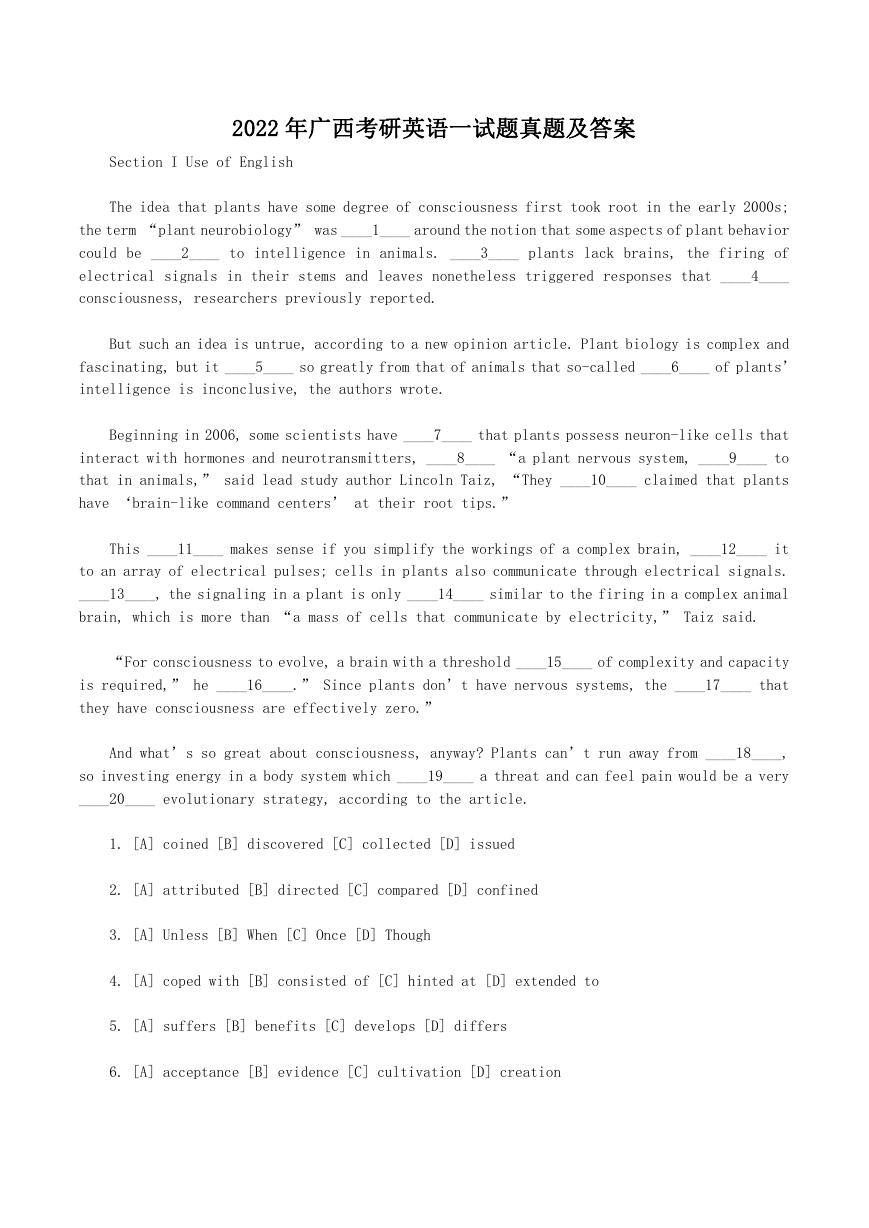
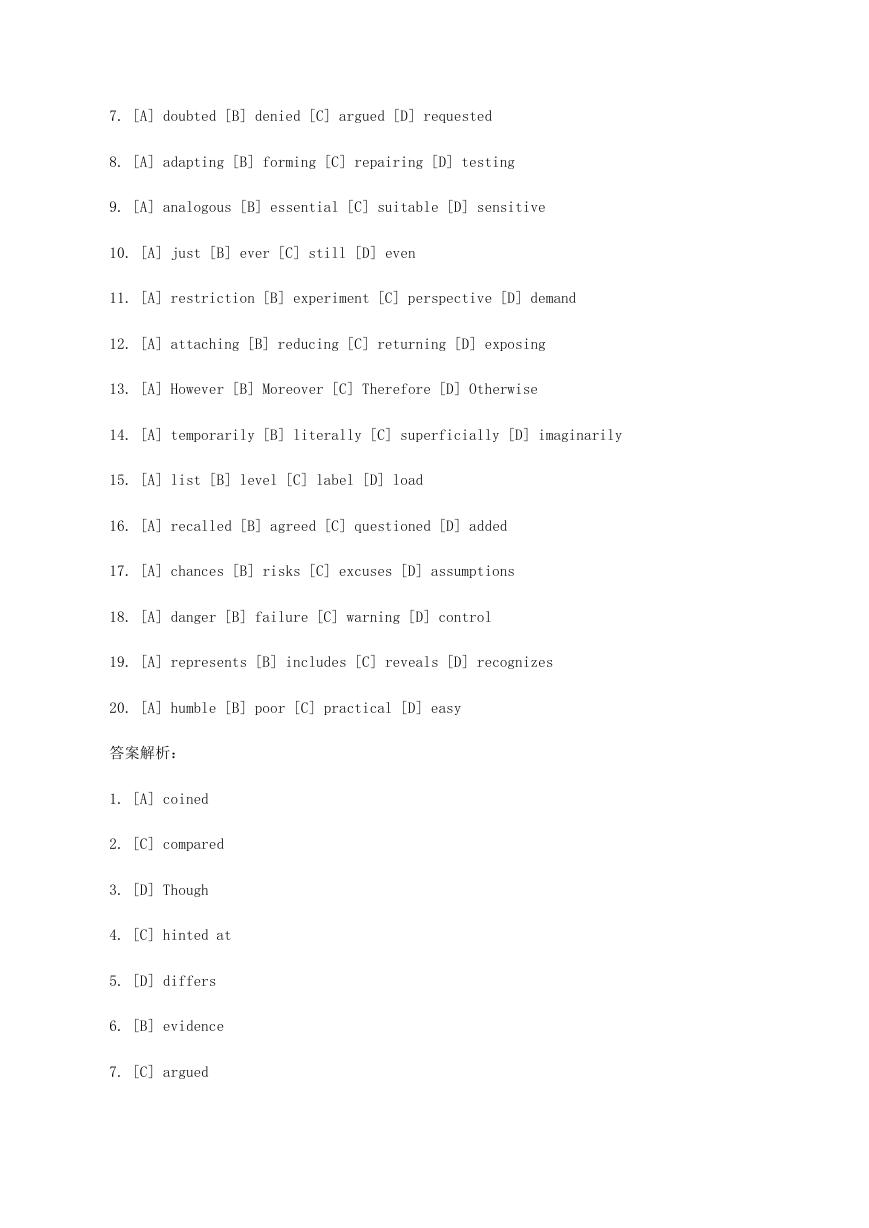
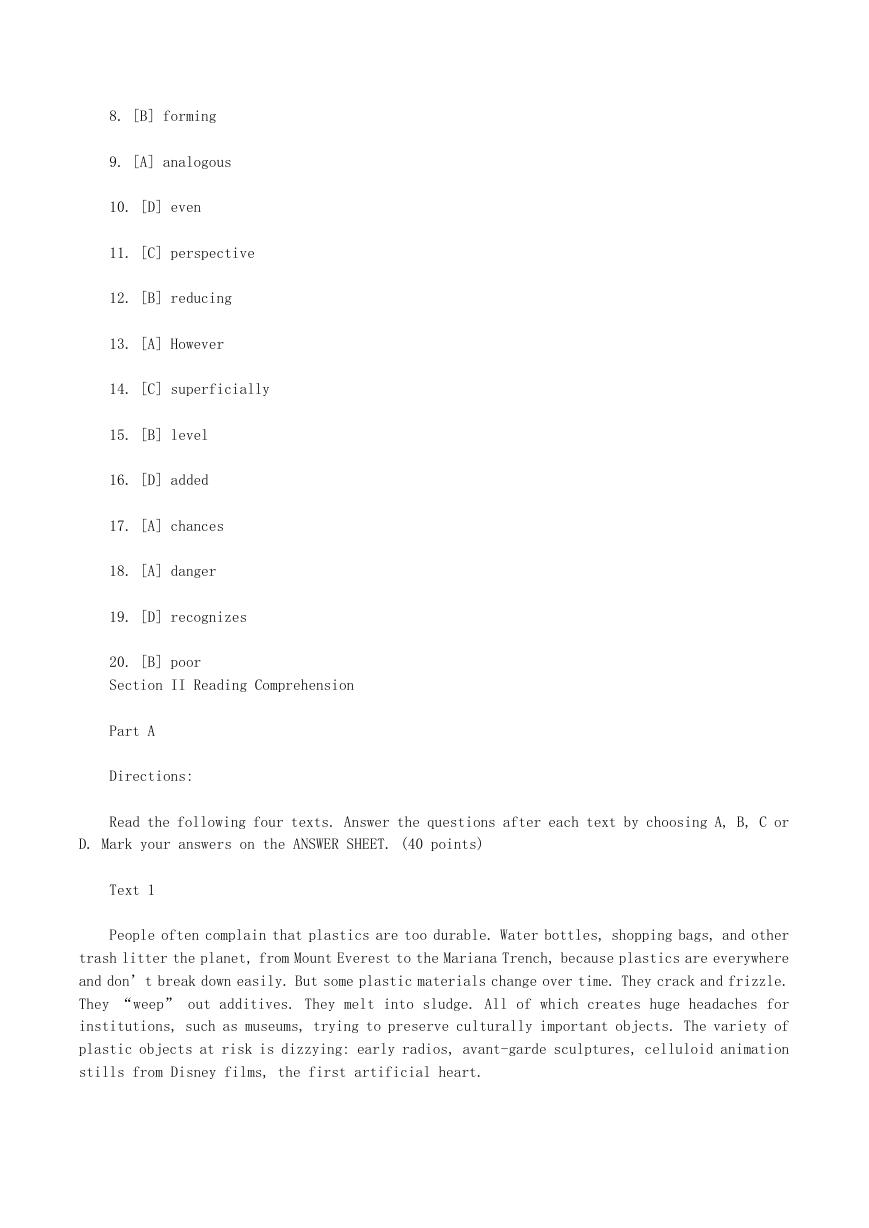
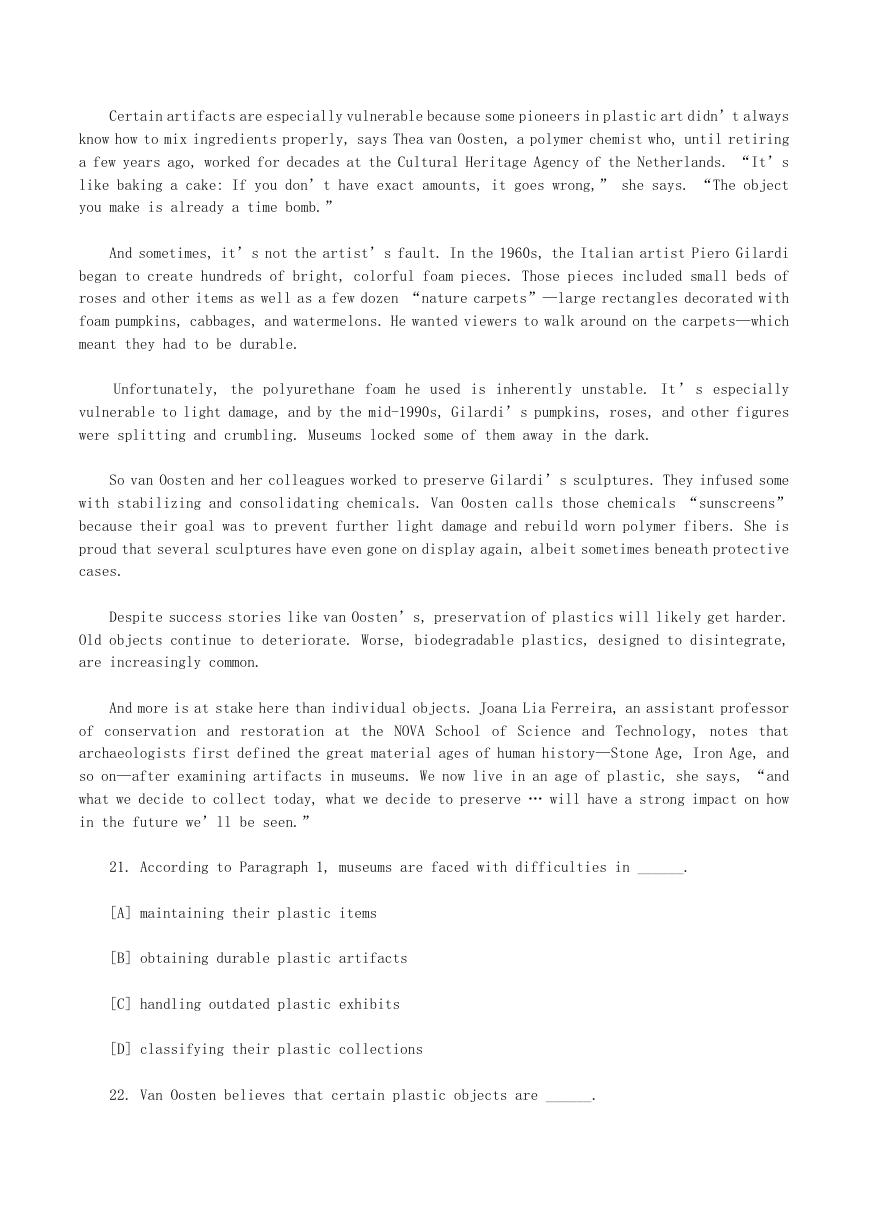

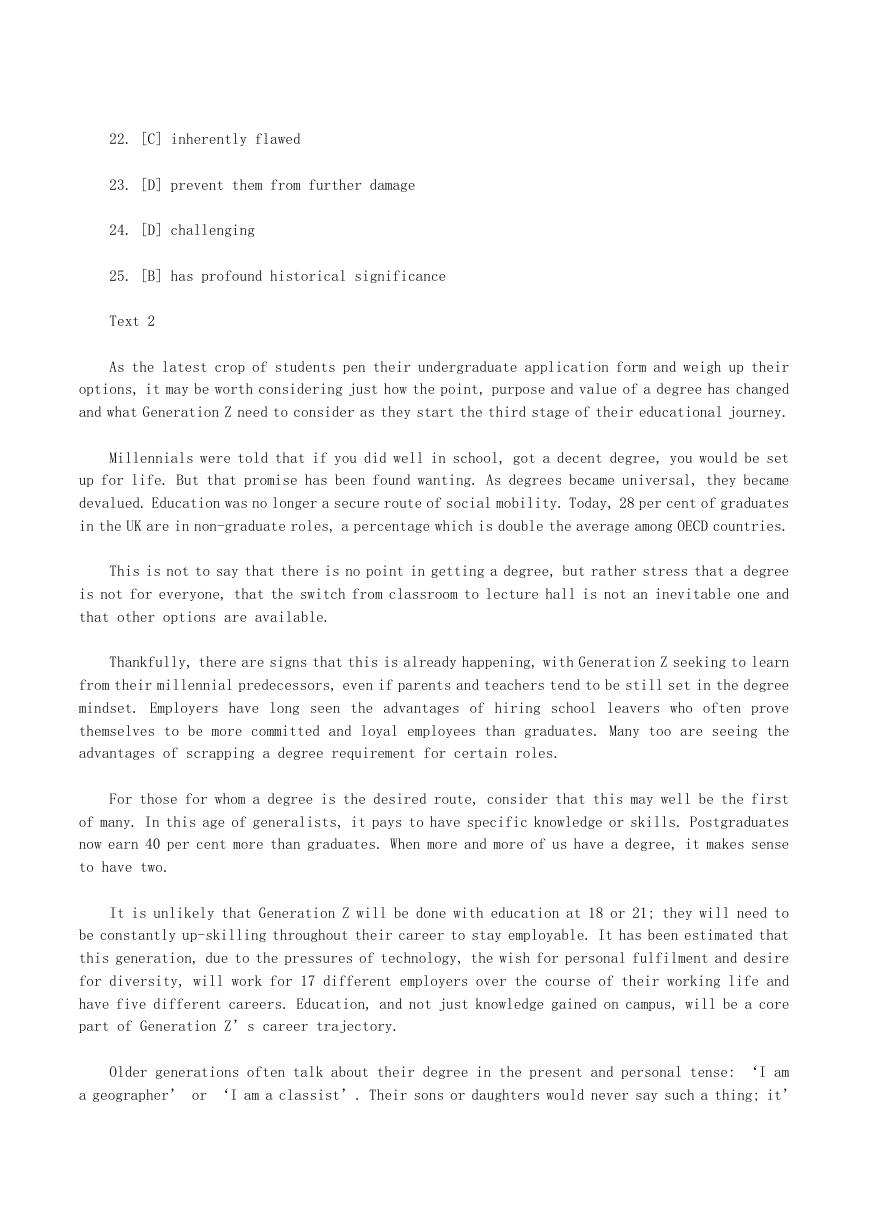
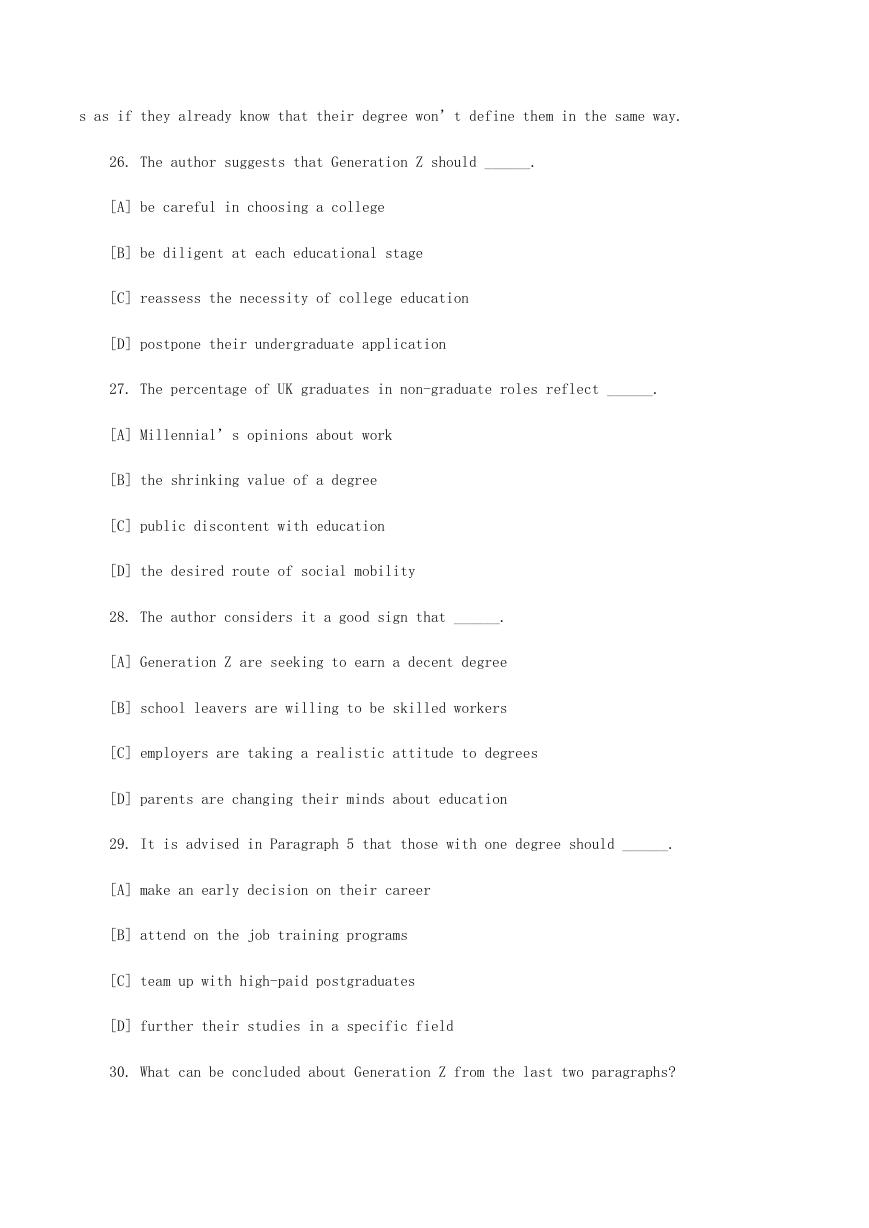
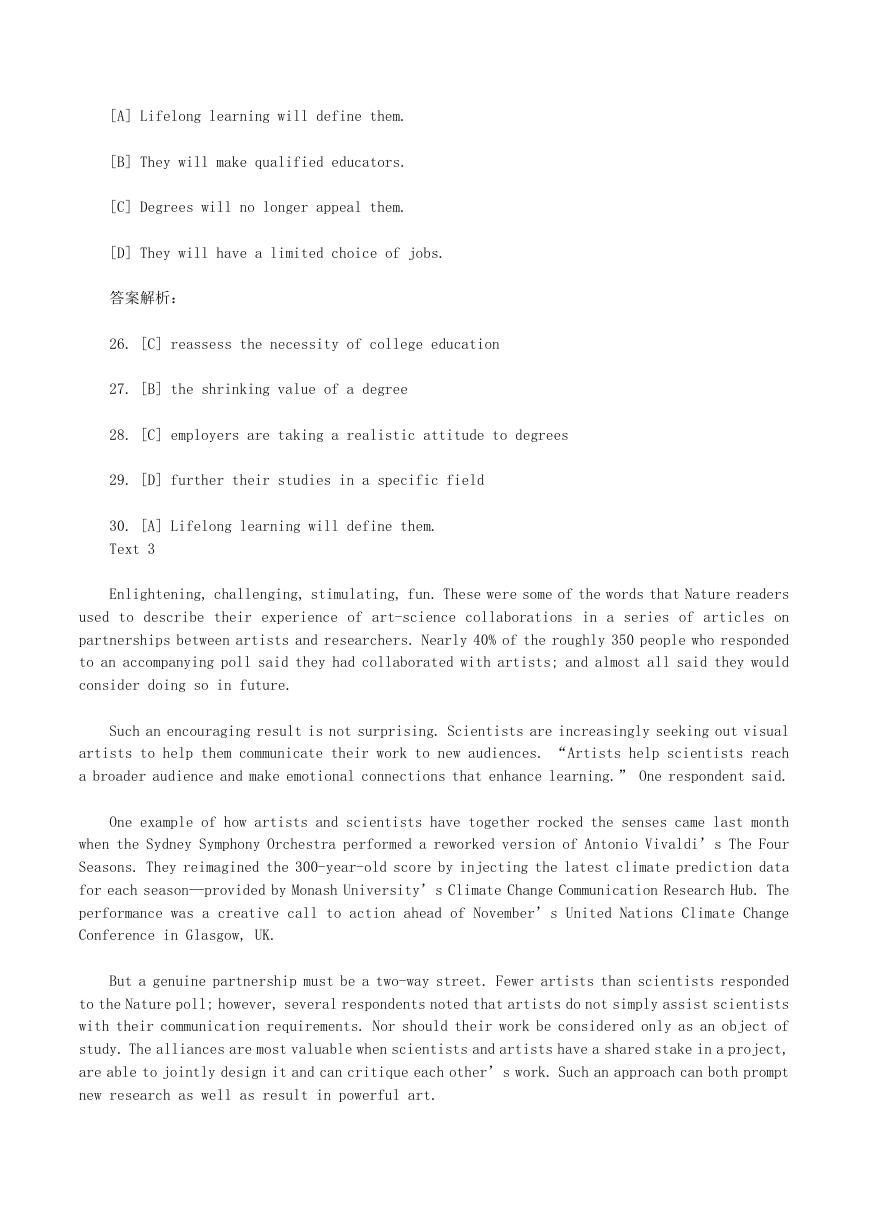








 2023年江西萍乡中考道德与法治真题及答案.doc
2023年江西萍乡中考道德与法治真题及答案.doc 2012年重庆南川中考生物真题及答案.doc
2012年重庆南川中考生物真题及答案.doc 2013年江西师范大学地理学综合及文艺理论基础考研真题.doc
2013年江西师范大学地理学综合及文艺理论基础考研真题.doc 2020年四川甘孜小升初语文真题及答案I卷.doc
2020年四川甘孜小升初语文真题及答案I卷.doc 2020年注册岩土工程师专业基础考试真题及答案.doc
2020年注册岩土工程师专业基础考试真题及答案.doc 2023-2024学年福建省厦门市九年级上学期数学月考试题及答案.doc
2023-2024学年福建省厦门市九年级上学期数学月考试题及答案.doc 2021-2022学年辽宁省沈阳市大东区九年级上学期语文期末试题及答案.doc
2021-2022学年辽宁省沈阳市大东区九年级上学期语文期末试题及答案.doc 2022-2023学年北京东城区初三第一学期物理期末试卷及答案.doc
2022-2023学年北京东城区初三第一学期物理期末试卷及答案.doc 2018上半年江西教师资格初中地理学科知识与教学能力真题及答案.doc
2018上半年江西教师资格初中地理学科知识与教学能力真题及答案.doc 2012年河北国家公务员申论考试真题及答案-省级.doc
2012年河北国家公务员申论考试真题及答案-省级.doc 2020-2021学年江苏省扬州市江都区邵樊片九年级上学期数学第一次质量检测试题及答案.doc
2020-2021学年江苏省扬州市江都区邵樊片九年级上学期数学第一次质量检测试题及答案.doc 2022下半年黑龙江教师资格证中学综合素质真题及答案.doc
2022下半年黑龙江教师资格证中学综合素质真题及答案.doc